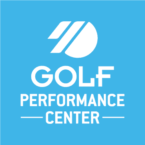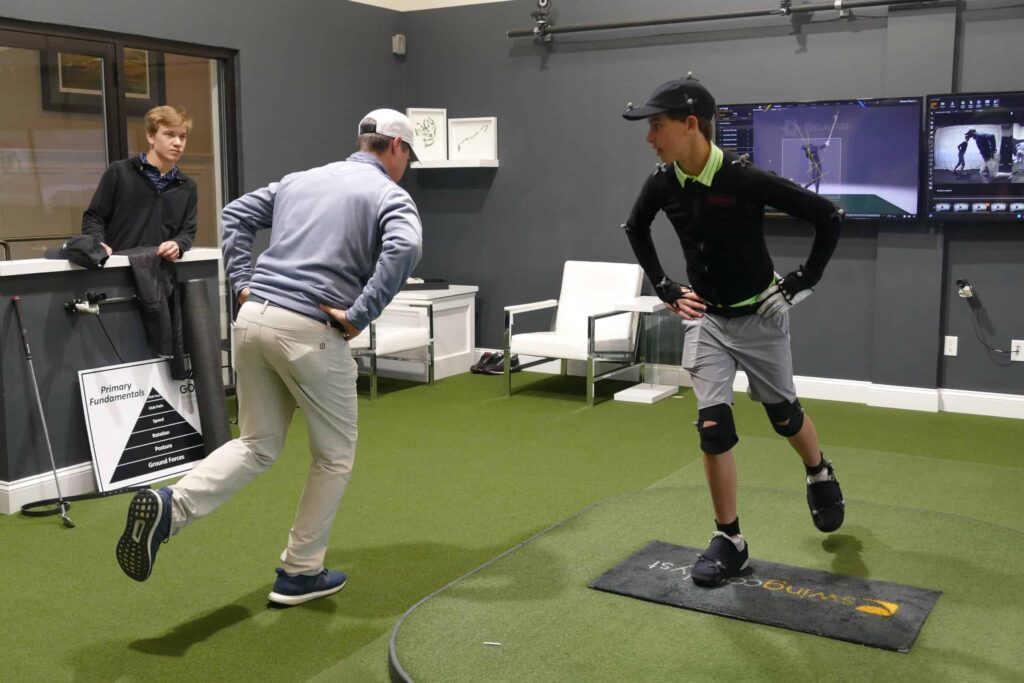By integrating the teachings of Bill Hartman & Dr. Pat Davidson
The golf swing is one of the most complex movements in sports, blending balance, rotation, sequencing, and power transfer. Traditionally, it’s described in terms of “backswing,” “downswing,” and “follow-through.” But when examined through the Expansion–Compression Model (ECM), taught by Bill Hartman and further explored by Dr. Pat Davidson, the swing takes on a deeper meaning. Instead of seeing the body as just moving parts, ECM helps us understand how pressure, shape change, and muscular action allow energy to flow and be expressed into the club and ball.
The Expansion–Compression Model in Brief
- Expansion: Muscles and connective tissues lengthen, space is created in the thorax/pelvis, joint positions open, and the body’s internal pressure shifts outward. This creates potential energy.
- Compression: Muscles shorten and draw tissues inward, narrowing spaces in the body. Internal pressure is managed and force is expressed outward into the environment.
ECM highlights how the body alternates between phases of expansion and compression to store and release elastic energy. In the golf swing, this creates the coiling and uncoiling effect that generates clubhead speed.
Phase 1: The Setup
At address, the golfer begins in a compressed state.
- Muscles involved:
- Abdominals and obliques stabilize the ribcage and pelvis.
- Hip adductors and hamstrings maintain pelvic orientation.
- Scapular stabilizers (rhomboids, lower traps, serratus) hold the arms against the torso.
- Abdominals and obliques stabilize the ribcage and pelvis.
This compression gives the golfer a “spring-loaded” starting point, from which expansion can occur.
Phase 2: The Backswing – Expansion Phase
As the club moves back, the golfer enters expansion, creating space and storing elastic energy.
- Thorax & Ribs: Posterior ribs expand on the trail side; anterior ribs expand on the lead side.
- Pelvis: The trail hip undergoes internal rotation while the lead hip externally rotates, expanding the pelvic inlet and outlet.
- Muscles involved:
- Trail glute medius/minimus & adductors eccentrically control hip rotation.
- Obliques (especially external on lead side, internal on trail side) expand the thorax.
- Lats & serratus anterior guide scapular movement while allowing rib expansion.
- Rotator cuff muscles eccentrically control humeral movement.
- Trail glute medius/minimus & adductors eccentrically control hip rotation.
This expansion creates the classic “coil” sensation. Pressure is shifted into the trail foot, widening the body’s base and increasing potential to compress forward.
Phase 3: Transition – Compression Begins
At the top, the body begins to compress to redirect energy forward.
- Pelvis shifts toward the target, narrowing the outlet.
- Ribcage compresses on the lead side, drawing the torso inward.
- Muscles involved:
- Lead glute max begins concentric action to drive hip extension and external rotation.
- Adductors of the lead leg compress the pelvis inward.
- Internal oblique & rectus abdominis on the lead side draw ribs toward the pelvis.
- Lead glute max begins concentric action to drive hip extension and external rotation.
This is where the golfer feels pressure move into the lead foot, beginning the kinetic chain’s power transfer.
Phase 4: Downswing – Full Compression
The downswing is the most forceful compression phase, as stored energy is released into the club.
- Pelvis & Thorax: Narrow, rotating quickly toward the target.
- Muscles involved:
- Lead glute max & adductors concentrically drive hip extension and stabilize pelvis.
- Obliques (trail external, lead internal) rapidly rotate and compress the torso.
- Pecs, lats, anterior deltoid pull the arms and club down into the slot.
- Triceps extend elbows into impact.
- Lead glute max & adductors concentrically drive hip extension and stabilize pelvis.
At this moment, the body is compressed front-to-back and side-to-side, funneling pressure into the ground and outward into the clubhead.
Phase 5: Impact – Maximal Compression Expression
Impact is the culmination of compression.
- Pelvis is forward and rotated, outlet narrowed.
- Ribcage compressed over the lead side.
- Muscles involved:
- Lead side glute, quads, adductors act as a rigid post.
- Obliques and transverse abdominis compress the trunk to stabilize spine and transfer force.
- Forearm flexors/extensors stabilize wrist and clubface.
- Lead side glute, quads, adductors act as a rigid post.
The golfer’s body is “squeezed” to its narrowest, allowing the energy built through expansion to be expressed into the ball.
Phase 6: Follow-Through – Return to Expansion
After impact, the body must dissipate energy and return to an expanded state.
- Thorax & Pelvis open and re-expand.
- Muscles involved:
- Posterior chain (hamstrings, glutes, spinal erectors) eccentrically decelerates the body.
- Scapular retractors and external rotators slow the club’s momentum.
- Posterior chain (hamstrings, glutes, spinal erectors) eccentrically decelerates the body.
This expansion restores balance, prevents injury, and completes the swing cycle.
Why This Matters for Golfers
By framing the golf swing with ECM, we see it not just as a sequence of joint angles, but as a dynamic interplay of expansion and compression, pressure and release. Understanding this helps coaches and athletes:
- Identify where expansion/compression strategies may be limited.
- Train specific muscle groups in the context of pressure management, not just strength.
- Improve sequencing and efficiency, reducing injury risk.
Bill Hartman’s biomechanical lens and Dr. Davidson’s systems-based perspective remind us: the golf swing is not about “using one muscle at a time,” but about orchestrating expansion and compression so that the body acts as a unified force generator.
This is another reason why Function Dictates Form! If something in this model isn’t working properly or can’t expand or compress at the right time, timing, tempo and dysfunction set in in the golf swing, making it near impossible to have ultimate control of your golf ball. If you have any questions come find us in the Performance Zone!!


